
The Singing Bridge is one of the bridges in the historical center of St. Petersburg.
This bridge is one of the main ones, since it leads to the central square of the city - Palace Square.
The Singing Bridge spans the Moika River, and connects the Kazan and 2nd Admiralty Islands.
The bridge has a total length of 39.65 meters (along the rear faces of the abutments) and a width of 72 meters. Thus, the Singing Bridge is the fourth in width in the city, after the Blue, Aptekarsky and Kazan.
An interesting story is connected with the Singing moth, which was originally called "Yellow". Initially, there were four colored bridges across the Moika in St. Petersburg: Red, Blue, Green and Yellow (now this Singing) bridges. Since the bridges were of the same type and were located close to each other, it was difficult for residents to distinguish them and people often confused bridges. For the convenience of orientation, it was decided to divide the bridges using color.

The Singing Bridge is a metal single-span arched structure, on the foundations of rubble masonry with granite cladding. A reinforced concrete superstructure is installed on top of the cast-iron structure to strengthen the bridge.
The railing of the bridge is cast iron openwork artistic casting.

The bridge is both carriageway and pedestrian.
Pedestrian sidewalks are located on both sides of the bridge
The sidewalks are separated from the roadway by a simple cast-iron fence.
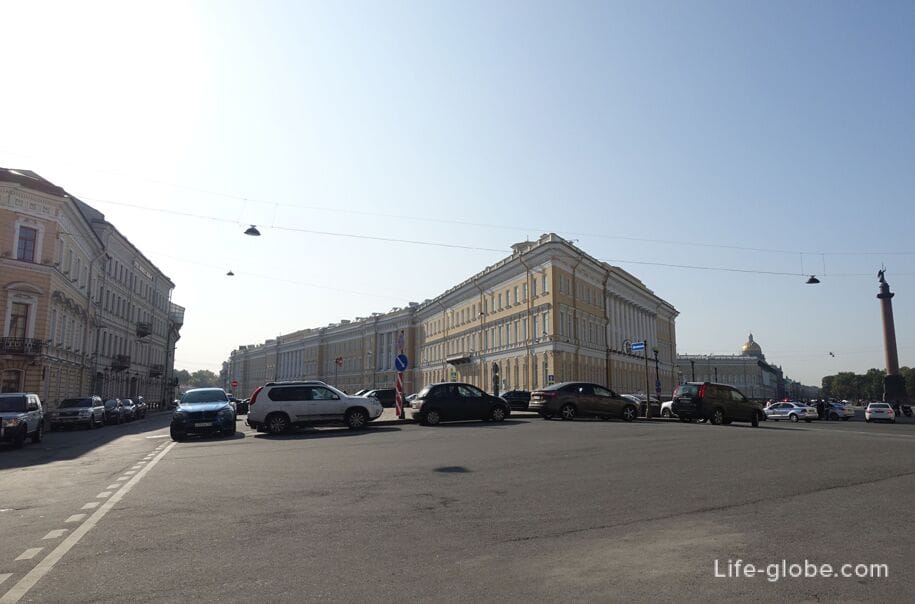

From the singing bridge there are wonderful views of the Moika River, river embankments with historical buildings stretching in dense rows, as well as The Bolshoy Konyushenny Bridge, located upstream of the Moika, the arched 2nd Winter Bridge, where the Winter Groove Canal is located and the former mansion of the Princes Volkonsky, which now houses the Pushkin Museum-apartment.


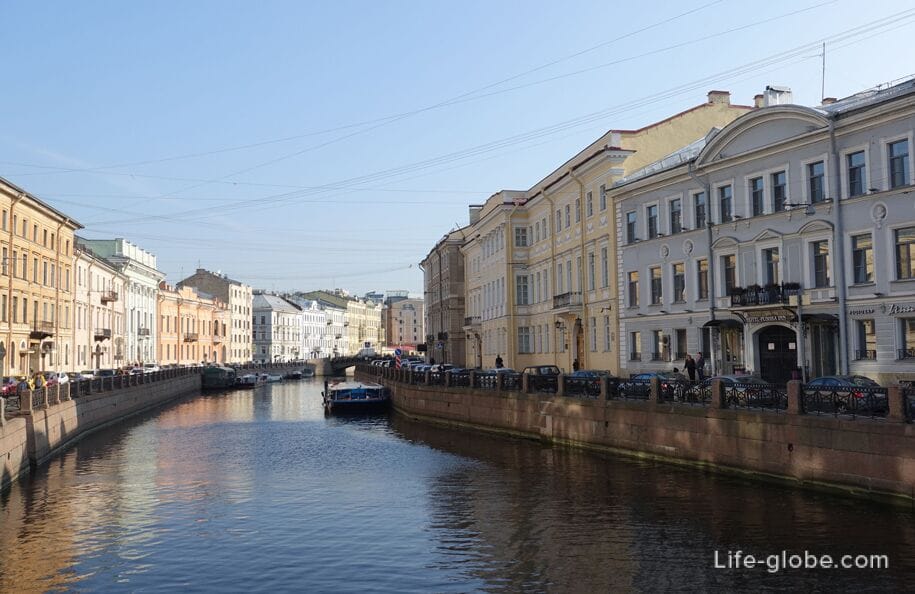
On one side of the Singing Bridge there is a Chapel gate leading to a complex of buildings and courtyards The State Academic Chapel, from which the bridge received the name "Singing".

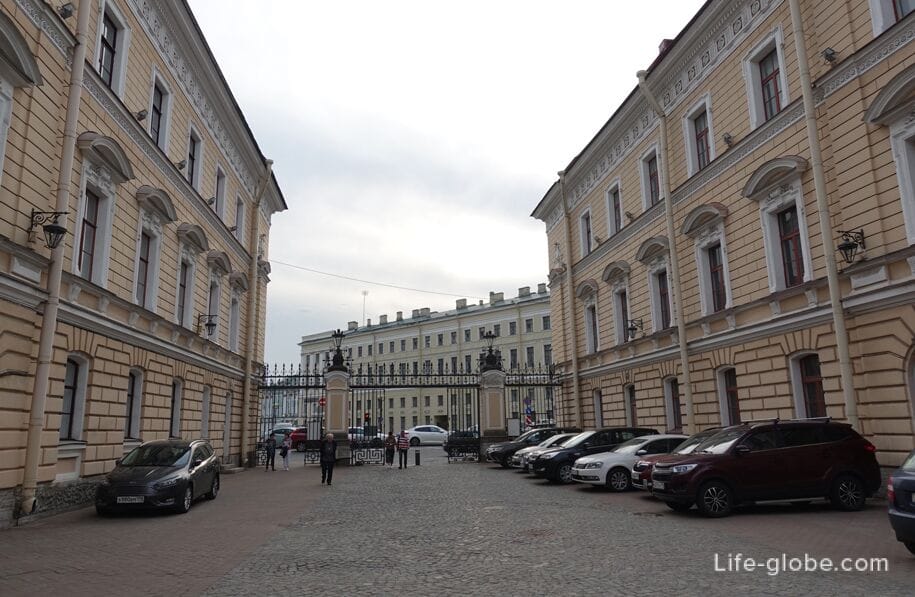
On the opposite side of the Chapel , the Singing Bridge leads to Palace Square, the main decoration of which is the Winter Palace (now The Hermitage), and in the center of the square stands Alexander column.
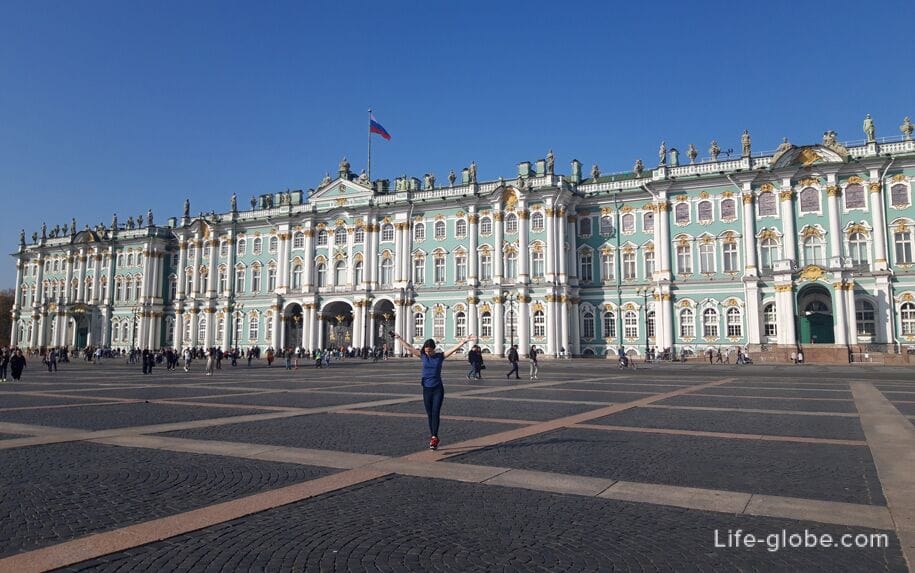

On both sides of the Singing Bridge, the exit to the Palace Square is framed by historical buildings - the building of the General Staff and the house - Business center "Moika, 37", made in the style of classicism.
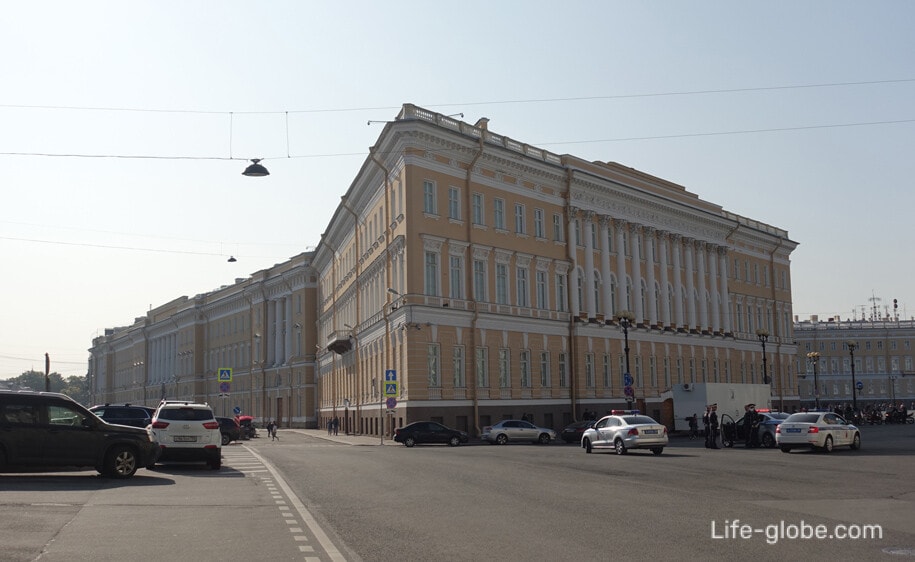
The first wooden bridge on this site was built in 1834 by architect Auguste Montferrand. The bridge was intended for the passage of troops to the Palace Square, where on August 30, 1834, a parade was held on the occasion of the opening of the Alexander Column.
In 1839-1840, the wooden bridge was rebuilt into a single-span cast-iron arched bridge designed by engineer E.A. Adam, who worked according to the design scheme developed by engineer V.I. Geste. The grand opening of the bridge took place on November 24 (December 6), 1840; then Emperor Nicholas I was the first to drive across the bridge in a carriage.
In May 1841, the bridge was closed due to the increase of the pavement by 2 vershka at the exits from the bridge to reduce the steepness.
In 1937, the roadway of the bridge was paved. In 1969, work was carried out on the restoration of the bridge railings. In 1997, the facade sheets of the superstructure were repaired from the upper and lower sides.
Subsequently, the bridge was also undergoing repair work.

There is a St. Petersburg legend about how the decision was made to build the bridge.
So, according to the secretary of Count Golovkin M.M. Mikhailov (historical facts are not confirmed), until 1834 there was a boat transfer in this place, and in one of the houses on the left bank of the Moika lived Count Yuri Alexandrovich Golovkin, a distant relative of the reigning Romanov family. According to legend, one day, going to a reception to the tsar and getting into a boat, the count stumbled and fell in the river. The next day, Emperor Nicholas I visited the count with the highest visit and wished him good health. After the visit, the emperor announced his will "that a bridge be erected at the place where yesterday's misadventure happened in order to prevent similar cases from happening again."
Upstream of the Moika River from the Singing Bridge is the Bolshoy Konyushenny Bridge, and below is the Green Bridge.
Coordinates of the Singing Bridge: 59°56'24.0"N 30°19'09.0"E (59.940000, 30.319167).
Nearest metro stations: "Admiralteyskaya", "Nevsky Prospekt" and "Gostiny Dvor".
All accommodation facilities in St. Petersburg, including in the city center and more remotely from it, can be viewed and booked here